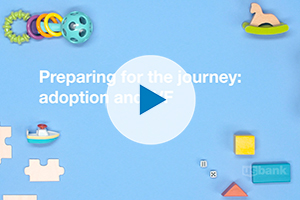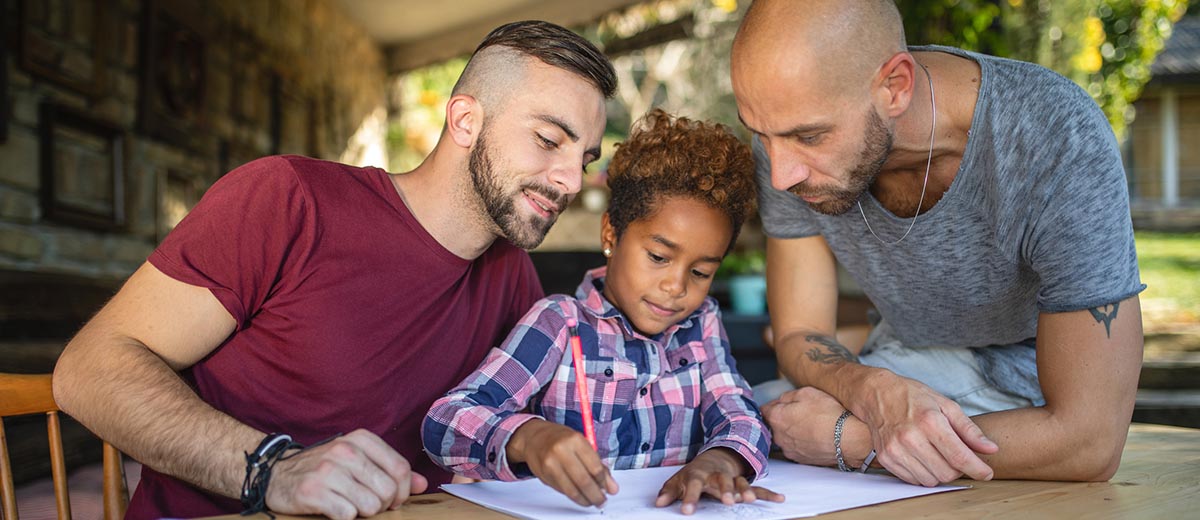Along with the high emotions and stresses that come with creating a family in non-traditional ways, there can be some high expenses. Be it through adoption or in vitro fertilization, here’s how to prepare for the costs.
Starting or expanding your family is one of life’s biggest joys. If you’re considering starting a family in a non-traditional way, it’s wise to understand the costs behind adoption and fertility treatments. “How much is it?” is commonly the top question for both adoption agencies and fertility clinics. While no process is exactly like another, here are a few guidelines to prepare and plan for the right option for you.
How much does adoption cost?
Adopting a child from foster care involves minimal expense, while other types of adoptions tend to be considerably more expensive and vary greatly in overall price range. According to the Children's Bureau overall costs entail what the law calls “reasonable and necessary adoption fees.” They cover processes including the home study (interviews, reference checks, background checks), court costs, legal fees, and counseling or training.
- Domestic adoptions: These costs can range from $20,000 to $45,000 through an agency and $15,000 to $40,000 through an independent adoption. Independent adoption is when the adoptive family finds a pregnant mother on their own through networking or advertising. The family then relies only on an agency or attorney for legal matters.
- International adoptions: These costs can range from $20,000 to $50,000, depending on the case and country, and may be higher since international adoptions incur additional country and travel expenses. The expenses could include the child’s passport, visa, medical exam, and, at times, translation fees.
Foster care adoptions are run through the state and involve little expense due to federal and state assistance programs as well as non-profits. Fees for foster care adoptions are typically under $2,000 (to cover transaction costs) but can be as little as $0. In this situation, the child welfare agency helps identify children waiting for homes, and then foster parents are given a monthly stipend from the government. The stipend is used to cover expenses while a child is placed in their care.
Certain adoption cases are eligible for financial or federal assistance, tax credits or loans. Be sure to ask your attorney or adoption agency about whether this may be an option for you. And some employers offer assistance to help with costs – most often after an adoption is finalized – so check with your company’s human resources department to find out if your employer offers this benefit.
How much does IVF cost?
Among fertility treatments, in vitro fertilization (IVF) is an option that can end in happy success stories – though it also comes with high costs. The National Institute of Health followed nearly 400 women on an 18-month infertility journey and found that about half of the women involved proceeded with IVF. Their median costs were between $24,373 and $38,015. The cost estimate for successful outcomes were higher, at $61,377, when requiring more than one round of treatment. The NIH study showed success stories have been achieved with an average of 3.6 cycles, which nearly triples the cost. It also noted that IVF can produce multiple births, which generate higher costs than a single birth.
According to the NIH study, fertility treatment is usually paid for out of pocket, including an estimated 85 percent of IVF costs.
Similar to many procedures, the cost (and quality and expertise of care providers) can vary greatly per clinic. This means one round of IVF could be closer to $12,000 or as high as $40,000. Added costs of medications can make it run another $3,000 to $5,000. Additional costs include fertility testing, diagnosis, blood work, transfers, ultrasounds, monitoring and storage.
The Society for Assisted Reproductive Technology says success rates are about 45 percent for women under 35 years. While insurance rarely covers this cost, there may be options available that allow you to seek financial support from loans and grants to medical discounts. Talk with your healthcare provider; they may have some suggestions for you. It’s also a good idea to check with your employer and financial advisor on options.
With so many options to consider as you’re growing or starting your family, there are a lot of factors to think about. While the financial commitment is just one consideration, it’s certainly an important one.
Want to start saving money for a family? Find the right U.S. Bank savings account option for your family.














